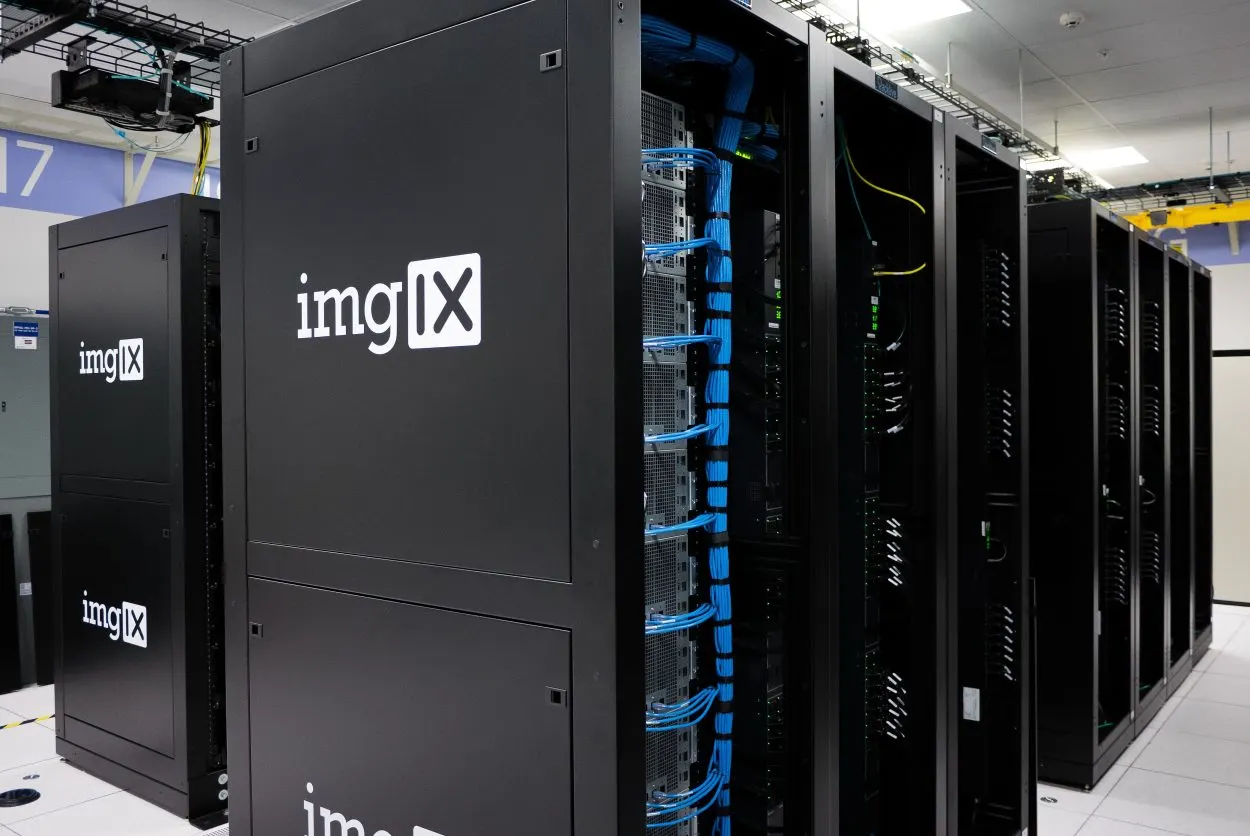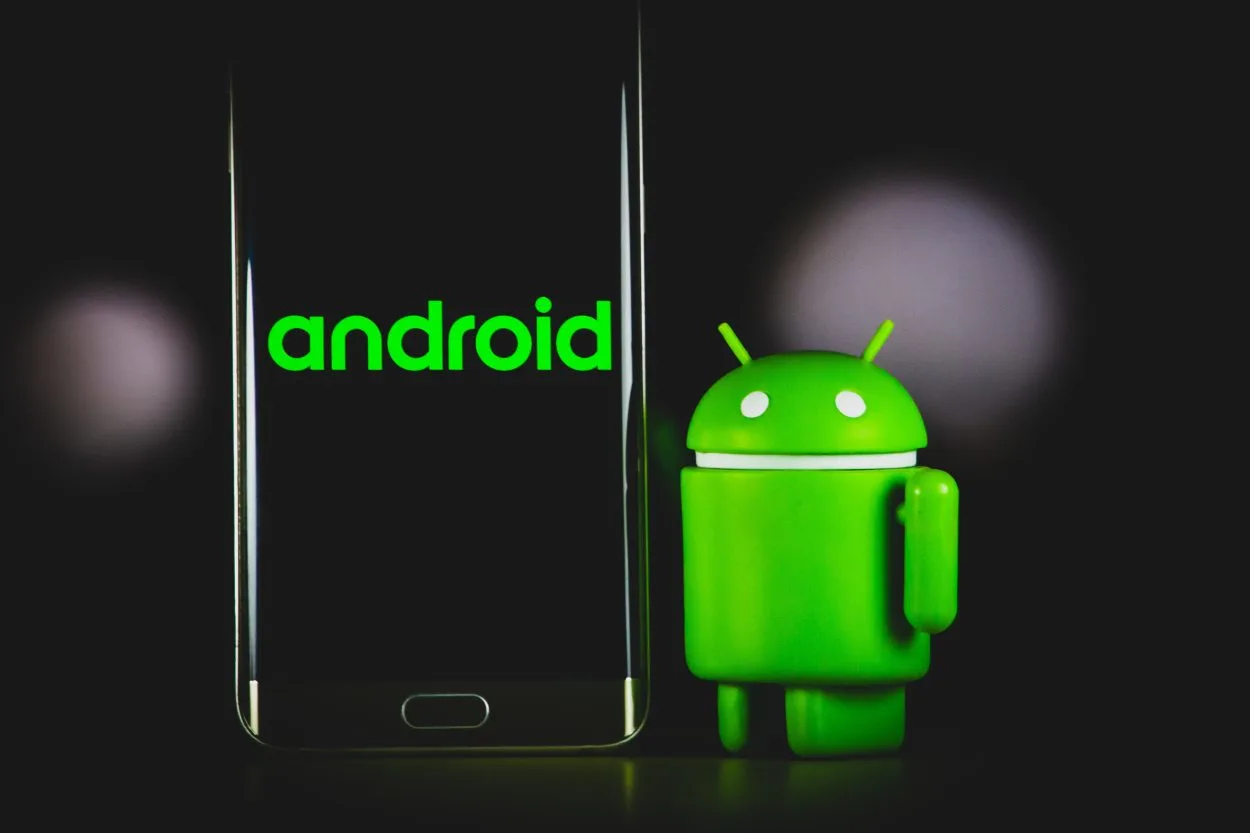It’s quite common to see people talk about the two terms emulation and simulation as if they’re alike.
Although that’s correct, if we dive into the details, they both have a lot of differences between them.
Moreover, it’s important to know the difference between the two in order to have a complete understanding of both the terms so that you know what you’re getting your head into.
As we’re progressing in a world full of technological advancements, it’s best to have a strong hold on these things.
In this article, we will be going through a detailed explanation of both these terms and by the end of this article, you will have a good understanding of them.
What Are Virtual Machines?
Virtual machines are set up in a virtual environment instead of a real one and they use a physical hardware system and its resources to act as a virtual computer system.
These allow different operating systems to run at the same time and can help users run applications the same way they would do on their normal computers.
These machines can also be used by developers to test their software and much more. Let’s have a detailed look into the uses of virtual machines.

Why Do We Need Virtual Machines?
These cloud-based technologies help reduce costs as there is no need to purchase physical products for testing.
Moreover, using these machines is flexible and feasible thus giving you the comfort of using an actual real-world system virtually.
On top of that virtual machines allow you to work on issues quickly and comfortably. Therefore, working on them becomes quite easy.
Although real devices are better than virtual ones, in every case scenario, their cost is a big issue. Physically purchasing hundreds of smartphones just for testing purposes will cost you a lot and that is where virtual machines come in. They’re cost-effective and play a major role in software development.
Using these technologies for pre-release testing has become an easy task for developers all around the world. It aids them in becoming sure about the performance of the application when paired with different smartphones.
Pros of Using Virtual Devices
- Perfect for early testing
- Low-cost price
- Quick results
- Highly available
Cons of Using Virtual Devices
- Battery issues
- Device camera
- Popup notifications
- Network behavior
What Is a Simulation?
The word simulation refers to the action of pretending. Simulation is basically a virtual world that is copying something based on the real world.
It gives you access to the most basic behavior of a device or system but doesn’t necessarily cover every rule. It takes a device and replicates the entire behavior of that device while performing in a safe environment.
To have a better understanding of this let’s take an example of a flight simulator, where the user can get to know what it feels like to fly an airplane but it is a partial implementation of an original plane, therefore, it isn’t 100% accurate.
What Is an Emulation?
The word Emulation means to achieve a complete match of something. Emulation is basically an exact virtual replica of something that exists in the real world.
It’s a completely virtual version of the real thing. It gives you access to not only the basic behaviors of a system but also a complete replica of the device’s entire hardware and software.
Let’s take an example, M A M E is a software that was made to run old and long-forgotten games; it works by using your computer resources but acts like an old console while changing nothing in the software itself. This is a complete re-implementation of the original device or software.
Virtual Systems are a virtual substitute for a physical machine that allows you to share resources, hardware, software, and much more.
Apart from the pros, virtual machines do come with their drawbacks but in my opinion, these aren’t something to be really worried about.
What Are the Differences Between Simulation and Emulation?
Emulation is a process that completely mimics the entire behavior of a system whereas simulation is a process that mimics only an abstract model of a system.
Simulation and emulation have a number of differences between them. Here’s a list showcasing some of the major ones:
| Emulation | Simulation |
|---|---|
| Aims to re-create the experience of using original software or hardware | Aims to create a safe place to test each attribute safely. It is slower when compared with emulation. It is difficult in terms of debugging In simulation high-level languages are used. |
| In terms of speed, emulation is quite faster, it is more suitable for debugging purposes. | It’s slower when compared with emulation and is difficult in terms of debugging |
| In order to develop emulation, developers work on machine or assembly languages | In simulation high-level languages are used. |
When to Use Simulation?
Simulations are best used when you want to ensure or check the behavior of an application when interacting with different external applications or environments.
This allows you to have early testing of your device or software before releasing it to fix errors or bugs beforehand.
When to Use Emulation?
This means that you can have an insight into how your system behaves when paired with dissimilar components and what measures you can take to make it better.
Emulation is used when you want to test how a certain software acts under the action of a different set of hardware and software combinations.
Android Device Emulators?
In android device emulators, apps run slower as compared to real devices which can be quite frustrating to deal with. As far as their working is concerned, these emulators work by creating a phone processor on a computer to mimic the actual hardware’s working.
But in order for this to work, they have to translate the set of instructions a phone uses to the one a computer uses also called binary translation.

IOS Device Simulators?
These simulators are quite faster in terms of speed. IOS devices use custom hardware and require special permissions in order to re-create elements of an ios device. Thus, making them completely impossible to emulate that is why developers have to go for simulators.
They work on top of MAC computers and mimic software behavior using that computer’s resources which requires no binary translation.

Which Is Better for Testing: Virtual or Real Devices?
As we talked about the IOS simulator above it is running through your Mac’s resources with free access, meaning a simulated iOS device will run faster or slower depending on your Mac’s resources. On the other hand, a virtual android device won’t be as fast as a real android device no matter what resources your computer is offering.
Assume that you work tirelessly in creating software, but because of a tiny bug-like battery, memory drain, and faulty UI, your app gets deleted. To prevent this you need to test on real mobile devices as these issues can’t be caught without testing on different mobile hardware.
Although virtual devices are good for testing your software code and they are efficient in terms of performance and compatibility. But even google and apple insist that developers should test their apps using real mobile devices as virtual devices can’t fully match a real device’s performance.
In my opinion, don’t completely rely on virtual devices, use both of them to cover every possible issue before deploying your software.
Final Thoughts
Virtual devices are a major part of developers’ and testers’. In everyday use, they allow you to work in a safe virtual environment to test your software’s or device’s behavior.
Both of these have different roles in the field of development and a combination of real and virtual devices is the best solution to test your software or devices.
The differences between them aren’t that major but they sure hold their importance when it comes to the art of development and pre-release testing.
It’s best to have a solid grip on both of these virtual machines as they help you in delivering the best from your apps and software by going through a series of tests to figure out what’s missing from them and what needs to improve.
After reading this article you should have adequate knowledge about the differences between the two and the next time someone comes asking you about them, you would be a lot more confident to answer them.
Related Articles

